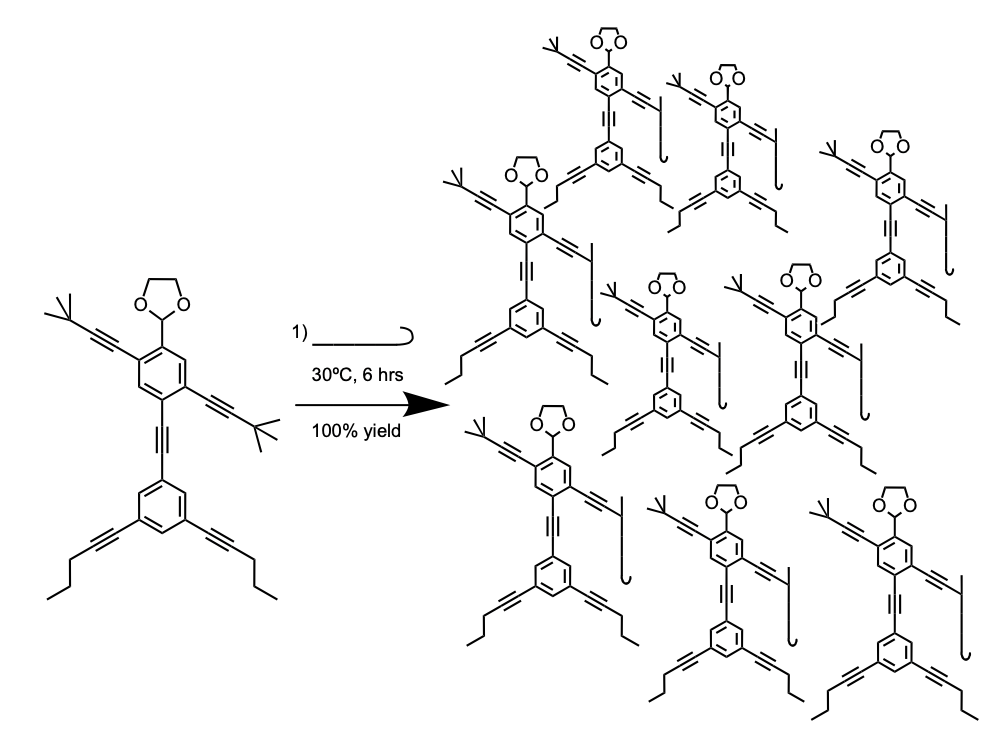My initial aim for the project was to create a lab report that had nothing to do with science, but it took me a little while to decide on the actual topic of my project. One of the most common kinds of publications in organic chemistry is “The Total Synthesis of X,” so I thought it would be clever to make my project on synthesizing a thing rather than a chemical. I then settled on synthesizing a field hockey team, because the sport is a very big part of my identity here at Smith. I followed the American Chemical Society format for an organic chemistry publication and created “The Total Synthesis of a Field Hockey Team.”
As we are beginning our spring season, I have put a lot of thought into the values and practices that make a team function smoothly, so I thought it would be fun to take the ideas about teamwork that I share from other sources that have nothing to do with field hockey. I was hoping that by the end of my project, I could share it with my team and get everyone pumped up and inspired by one another. I was pleased that so many sources, even ones not about sports, had the same idea of the importance of teamwork and collaboration, so I was able to make a cohesive report that aligns with my ideas about creating a healthy team dynamic.
My first few sources were easy to find. I was following the template of an American Chemical Society publication, so I found a couple chemistry papers that I could steal wording from. I also knew that I wanted to find some current news articles about DEI and rework them into this context, because I wanted to highlight the positive parts of DEI that are under fire in the media right now. Then, because I knew the kinds of language I would use to describe the important parts of a functioning field hockey team, I went fishing for sources that I could adapt to my needs. I would sometimes look up a particular keyword and then hit the “news” column on Google to find more recent sources. I also stole a line from the book I am currently reading for fun, called In Ascension, as well as from the song “One” by U2. Basically, I knew that I wanted to have a large number of diverse sources, and I made that happen by having a clear sense of the kinds of words I was looking for. I made a master doc with every line I intended to plagiarize in the order that I found them, and then spent a painstaking amount of time pasting them into the order that flowed the best.
My work is original for a couple of reasons. First, I’m pretty sure that I’m the only person to have made an ACS format journal article about the synthesis of a field hockey team. So that’s original. The intention behind my project is entirely unique and different from the intention behind every single source that I plagiarized. Second, I’m the only person who has read all of these sources and decided to put them together in the way that I did. By definition, my piece must be original. While I used other people’s words, it took time and creativity to be able to construct a second meaning from them. So, yes, my project is proudly a plagiarism. I didn’t write any of the words I used, save for a couple of propositions or pronouns. But yet I still take 100% ownership of this plagiarism, and I can say that I authored this text. As we determined in class, claiming authorship is assigning your name to a text and having conviction in the meaning behind your text. I am proud of this report, and I firmly stand behind every word I said, so I authored this plagiarized text.
